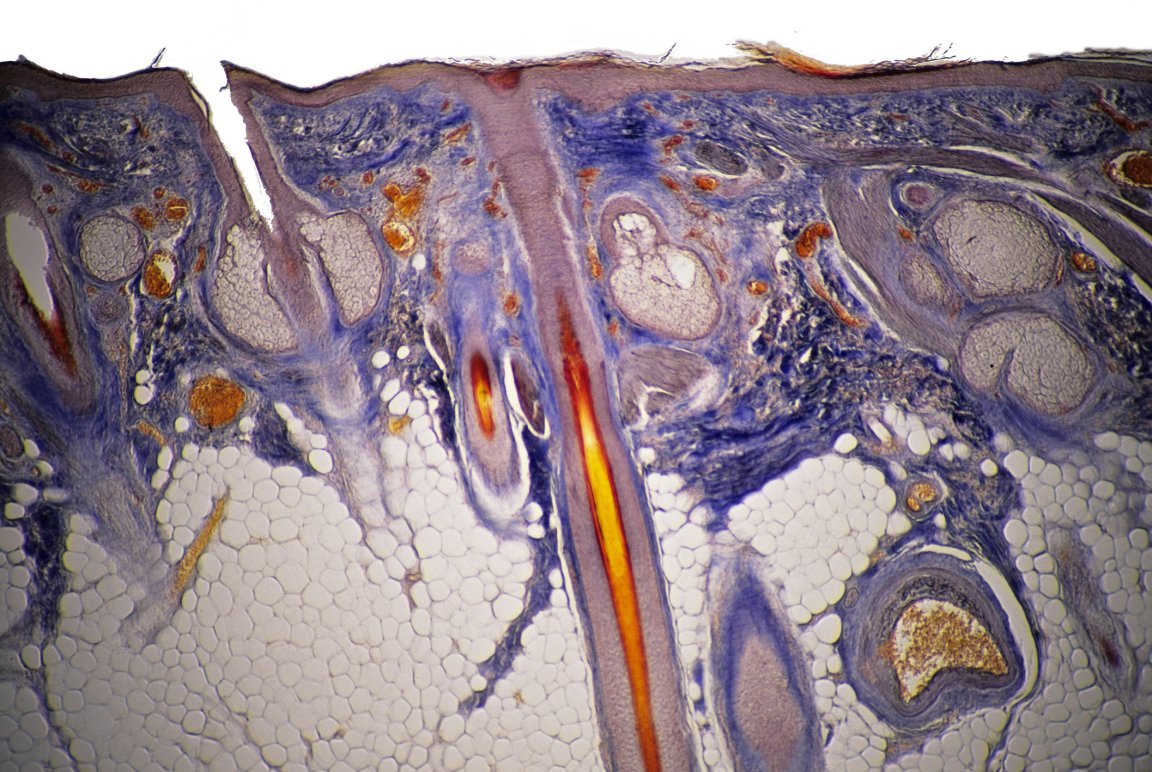
Living With Hair Loss
Some people really love their hair. They love styling it in various ways, dyeing it, braiding it, and just using it as a way to express their personality. For those people, the realization that they’re going bald can be downright devastating, but even for those less enthusiastic about their locks, the loss can be quite alarming. Even more alarming? There’s no cure for baldness.
According to the American Hair Loss Association (AHLA), androgenetic alopecia — commonly known as male pattern baldness (MPB) — accounts for more than 95 percent of hair loss in men. By the age of 35, an estimated two-thirds of American men will experience some degree of hair loss, and 25 percent are expected to begin the process before they’re 21.

Of course, balding doesn’t only affect men. Forty percent of Americans that experience hair loss are women, and as the AHLA explains on their website, female hair loss is considered less socially acceptable than male hair loss.
The AHLA reports that 99 percent of products marketed in the hair loss treatment industry are ineffective, so most androgenetic alopecia sufferers simply have to learn to live without their hair. However, a team of South Korean scientists now claim they’ve created a biochemical substance that promotes hair growth and could eventually produce a cure for baldness.
Enter PTD-DMB
While studying hair loss and hair follicles, Choi Kang-yeol from Yonsei University in Seoul and his team discovered that those suffering from the condition had a significant amount of the CXXC5 protein in their scalp. The researchers learned that when that protein combines with the Dishevelled protein, they prevent the regeneration of hair follicles.
To prevent that binding, the team created PTD-DMB.
“We have found a protein that controls the hair growth and developed a new substance that promotes hair regeneration by controlling the function of the protein,” Choi told Business Korea. “We expect that the newly developed substance will contribute to the development of a drug that not only treats hair loss but also regenerate damaged skin tissues.”

The team tested PTD-DMB on mice, and after 28 days of applications, they noticed new hair follicle growth on the mice. They are now testing the substance on other animals to determine its toxicity. If those PTD-DMB tests yield positive results, the next step would be to start working toward the development of a drug and human trials.
Though promising, this research has a long ways to go before it could be used by people as a cure for baldness. Still, hair loss can have a devastating impact on one’s self-image and emotional well-being, and anything that could enabled a person to be comfortable with their appearance is absolutely worth exploring.